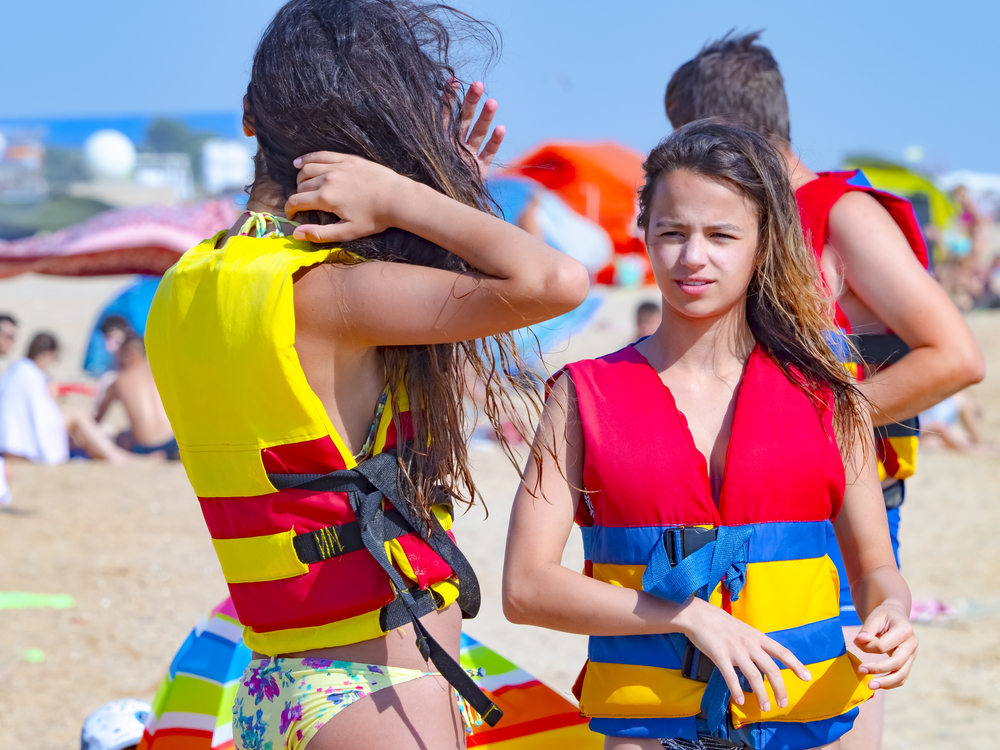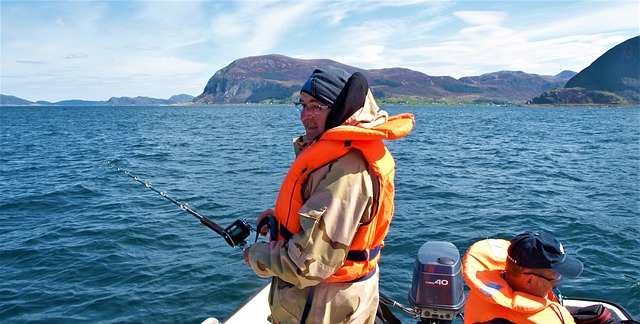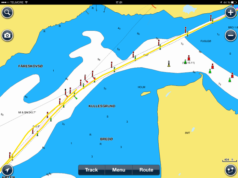Safety should be everybody’s absolute priority when around water, and especially so when there are young children present. It is terrifying how quickly something can go wrong, and the consequences can be tragic. To prevent water accidents from occurring, lots of safety devices have been developed to help keep people safe in the water. Two of the most common are life jackets and swim vests. These two devices do look quite similar, so you might be wondering “What is the difference between a swim vest and life jacket?” Actually, there are some fundamental differences between the two and they shouldn’t be used for the same purposes.
Briefly, a life jacket is designed to keep the person’s head above water while they wait for help to arrive. In contrast, a swim vest will not keep a person’s head above water but is instead designed to aid with learning to swim by increasing buoyancy when in a swimming position.
But let’s take a closer look at the differences between swim vests and life jackets. If you are looking for a water safety device, then making the right choice for your needs is really important.
Life jacket vs swim vest
Life jacket
A life jacket is also known as a personal floatation device (PFD). Its purpose is to keep you completely buoyant in the water in such a way that your head stays above the water level. Life jackets are designed to stop you from drowning if you get into trouble and can’t immediately access any help. The two most common life jackets are Type II and Type III. Life jackets are available for all age ranges, from toddlers up to adults.
The Type II life jacket is the most buoyant type of life jacket, although it is quite cumbersome to wear and difficult to put on. It will flip you onto your back so that your face is above the water at all times. It is especially important for non-swimmers to wear this type of life jacket when they are in open and deep water. And, in fact, it is the law in many places for everyone under the age of 13 to wear one of these when on a boat. This type of life jacket is also important to wear when you are in a remote area of water with help out of sight because it will allow you to stay safe for longer.
The Type III is less buoyant than the Type II, but is much easier to put on and is more comfortable to wear. This type of life jacket won’t flip you onto your back like the Type II does, but it will keep your head above the surface while you tread water. It should be used by people who are able to swim and where help is relatively close.
When looking for a life jacket, it is important to find one that has the US Coastguard seal of approval as being a personal floatation device. These devices will have been tested to show that they are able to provide the life-saving capabilities needed if you ever get into trouble in the water.
Swim vest

A swim vest is not the same as a life jacket, although they are often worn in the same way. Both are worn as a vest with a zipper at the front and contain within them materials that will help keep you buoyant. But the effectiveness of the buoyancy is completely different. A swim vest is not classed as a personal floatation device (PFD) but is instead a swim aid. It isn’t designed to be worn for safety when on a boat or in open water and it won’t keep your head above water or flip you onto your back if you fall in.
The purpose of a swim vest is to help small children when learning to swim. It increases buoyancy just enough to make it easier to stay afloat and learn the correct swimming movements. There are two types of swim vests – those with removable floats and those with integrated floats. Swim vests also serve the purpose of keeping your child warm and comfortable, so those with removable floats can be used for this purpose only after the floats have been removed.
Close adult supervision is required whenever a small child is in the water, even if they are wearing a swim vest. Swim vests do not have the US Coastguard seal of approval as a personal floatation device so they may not keep your child above water and safe.
Summary
As you will now be able to see, life jackets and swim vests are very different devices, even though they look quite similar. Let’s summarise with an overview of the main differences between the two so that you can see them at a glance.
Age range
Life jackets can be worn at any age, from toddlers all the way up to adults. Swim vests are made for toddlers and small children only.
Function
Life jackets are a personal floatation device that is designed to keep your head above water to prevent you from drowning until help arrives. Swim vests are a swim aid that is designed to help keep small children afloat while they are learning to swim.
When to use them
Life jackets should be worn whenever you are in open and deep water, boating or swimming. Swim aids should be worn by small children in controlled settings and in shallow water, with an adult present who is teaching the child to swim.
Final thoughts
When making the decision between using a life jacket or a swim vest, it is a good idea to think about what you want the vest or jacket to do. If you are hoping that it will be a life-saving device that will prevent drowning in an emergency situation, then you should use a life jacket. If you want it to aid a child in learning to swim while they are being taught, then a swim vest is the best option.








